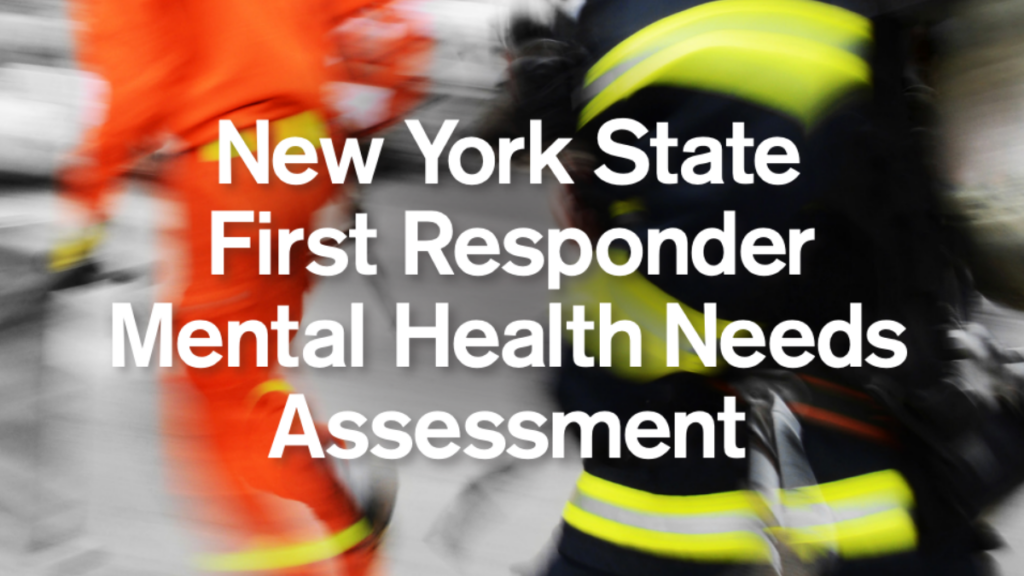The 6 Must-Haves of an Early Intervention System
Posted
March 12, 2018
Share:
Does your early intervention system allow you to identify potential problems and intervene with customized responses at the very first sign that something could be going wrong? Here are 6 must-haves to look for when evaluating how well your current early warning system is serving you and your department.
1. Research-based
We know that research and analytics play a major role in human capital management across almost all professions and industries. We should be looking outside of law enforcement to inform ourselves on best practices that can be applied to the unique needs and goals of police departments. That means considering an early intervention system that is grounded in research and fueled by an analytics engine.
2. Go beyond simple triggers
If a system is using arbitrary, blanket metrics to indicate when an action is needed, then most likely you’re not getting a true reading or meaningful insight on your officer activity and behavior. Take for example an officer who gets three use-of-force complaints in a 12-month period and then is automatically elevated to an intervention program. Shouldn’t we know the context? Like total number of arrests . . . or the nature of those arrests . . . or historical activity for that officer, to name a few. Look for a solution that provides a window into context, patterns of problematic behavior and officer history.
3. Reduce ‘false positives’
 This goes hand-in-hand with #2. Nothing can be more disheartening than to have an officer who is doing a phenomenally great job incorrectly flagged for off-track behavior. These ‘false positives’ are demoralizing and can be timely and costly by the time you identify and course-correct the flagging. Look for a system that only identifies officers who are truly engaged in a pattern that suggests their behavior might be trending off track, so you can provide them with the support they need to get back on track.
This goes hand-in-hand with #2. Nothing can be more disheartening than to have an officer who is doing a phenomenally great job incorrectly flagged for off-track behavior. These ‘false positives’ are demoralizing and can be timely and costly by the time you identify and course-correct the flagging. Look for a system that only identifies officers who are truly engaged in a pattern that suggests their behavior might be trending off track, so you can provide them with the support they need to get back on track.
4. Be preventative and proactive
How many times have we heard someone say – or even ourselves have thought – “if only I would have known sooner”? When it comes to off-track behavior, timing is critical . . . and, it goes without saying, the sooner the better to step in and take action. Find a system that identifies and proactively notifies you at the first sign of an officer who is trending off track, and who has a real need for intervention to get back on track. It’s the difference between being preventative vs. reactive.
5. Be compliant
Look for an early intervention system that is configured to protect you from officer misconduct and rising liability costs. Does it comply with the body of standards proposed by the Commission on Accreditation for Law Enforcement Agencies (CALEA)? Does it incorporate the best practices and elements of the ethics toolkit developed by the International Association of Chiefs of Police (IACP)? What about the performance guidelines on officer conduct recommended by the Department of Justice (DOJ)? A system that meets all these criteria helps you safeguard against problematic behavior and the staggering price tag of liability settlements.
6. Built to improve accountability
You definitely want a solution that works to the specific operations, needs and goals of your police department. Does it allow supervisors and commanders to review and compare data for individual officers and units – even down to watches? Can you assign intervention actions for problematic behavior in need of correction? What about making recommendations for exceptional performance? Remember, the goal is to enlist a system that helps you improve overall accountability.
Selecting the right early intervention system is so key to the success of your department. Keep this checklist in mind when evaluating your current system and the options available to you.
To learn about First Sign™ Early Intervention, click here.
Related Posts
Ready to Experience the Benchmark Difference?
Benchmark Analytics and its powerful suite of solutions can help you turn your agency’s challenges into opportunities. Get in touch with our expert team today.



